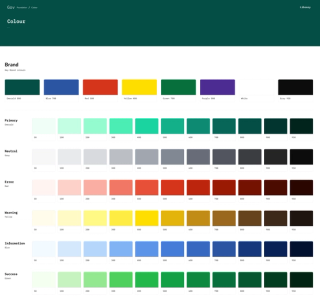If I had asked people what they wanted, they would have said faster horses. Tweet this
- Henry Ford (allegedly)
It’s a great quote, even if Henry Ford didn’t actually say it. It also gets at an issue central to business decision making, namely when to ignore your users, and when to listen to them. This is something that we deal with on every project at Kooba, and that we can hopefully offer some useful advice on. Here’s our guide on when the customer is, and isn’t, always right.
Users understand the outcome, but not the process
Users often understand their own desires and demands, but can rarely imagine a solution that will actually resolve those needs. Take the faster horses example. A dramatically faster horse solves much the same problems as a mass-produced automobile, and is much easier for a layman to imagine in a pre-automobile society. Does this make it the best solution to the problem at hand? Of course not, but the average end-user doesn’t understand that, nor should they. It is the job of a car designer to take the demand of a faster horse and make it into a reality, even if that entails four wheels rather than four hooves. In general, we should focus on what the end user wants rather than how they propose accomplishing it.
The reality of expectations
A key element in satisfying end-users is an acceptance of their biases and irrational expectations. Customers are human beings, with all the flaws and questionable decisions that this entails. This is especially relevant to our work in web design, where users expect a certain visual language and layout when they enter a site. Right now, for instance, the website of any prestigious company is expected to have a minimal and striking user interface. There’s no actual reason for this, it’s a fashion, and one which, like all fashions, will inevitably change. But that doesn’t make it any less important. If users expect a certain experience, they will get it, and if you don’t provide it, then somebody else will. User expectations are real, and even if they are irrational or contradictory, you need to work with, not against them.
Let’s return to the example of cars. Despite the transformative nature of their products, many car companies successfully associated their vehicles with the imagery that users traditionally expected from transportation solutions. Ferrari chose a stallion as their logo, and Lamborghini used a bull. Of course, there is no actual relation between a Ferrari and a stallion, but the visual connection effectively plays on what users expect from a fast car. Even when your product is truly transformative, it may be best to sell your customers their “faster horse”.

Ferrari and Lamborghini logos. Note the letters S.F. for "scuderia ferrari" - literally Ferrari stables.
Innovation and iteration
While we always need to take user expectations seriously, truly innovative solutions often come from thinking beyond incremental improvements. Users may ask for enhancements to what they already know, but it's the role of good designers and product managers to see beyond these requests and envision possibilities users haven't yet considered. At Kooba, we believe that great design doesn't just respond to immediate demands—it anticipates future needs. This approach enables us to create websites that both feel familiar to users and easily adapt to new trends and technologies over time. Striking the balance between iterative improvements and transformative solutions is key to delivering something that stays relevant and useful in the long run.
Remember the fundamentals
It’s worth issuing a word of caution on all of this. As important as it is to listen to the demands of your customers and engage with their expectations, you need to remember your own expertise and knowledge. In web design, we might tweak the UI of a site based on medium-term fashions, but we never forget the fundamentals of good design. More often than not, the outcome of design choices can be measured and quantified, helping provide an alternative insight into user preferences. In fact, one of the reasons we obsess over metrics at Kooba is that they can provide context to otherwise misleading user feedback. When it comes to actually solving the problem at hand, it’s always better to trust the hard evidence, and, most of all, your own informed judgement.








